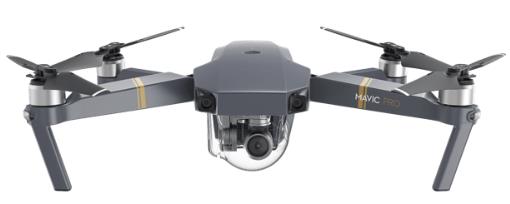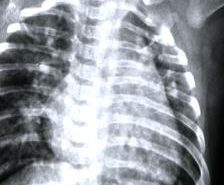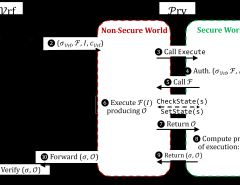Authors: Wahab Khawaja, Martins Ezuma, Vasilii Semkin, Fatih Erden, Ozgur Ozdemir, Ismail Guvenc
Published on: February 08, 2024
Impact Score: 8.12
Arxiv code: Arxiv:2402.05909
Summary
- What is new: This survey specifically addresses the use of RF-based systems for detecting, classifying, and tracking unmanned aerial vehicles (UAVs), and marks a comprehensive evaluation of these systems alongside proposing future directions based on learned lessons.
- Why this is important: The increasing use of UAVs for a variety of purposes poses a challenge for the safety and surveillance of national airspace, especially given their potential for malicious use.
- What the research proposes: The survey evaluates three RF-based systems (radars, communication systems, and RF analyzers) for their effectiveness in the detection, classification, and tracking of UAVs, also discussing their limitations and briefly touching on non-RF systems.
- Results: The evaluation identifies the strengths and weaknesses of each RF-based system in UAV detection and suggests improvements and future research directions.
Technical Details
Technological frameworks used: nan
Models used: Conventional and modern radar systems, joint communications and sensing (JCS) for communication systems, and RF analyzers
Data used: nan
Potential Impact
Aerospace and defense industries, commercial UAV manufacturers, and national security agencies could be disrupted or benefit from the insights in this paper.
Want to implement this idea in a business?
We have generated a startup concept here: SkyGuardTech.




Leave a Reply